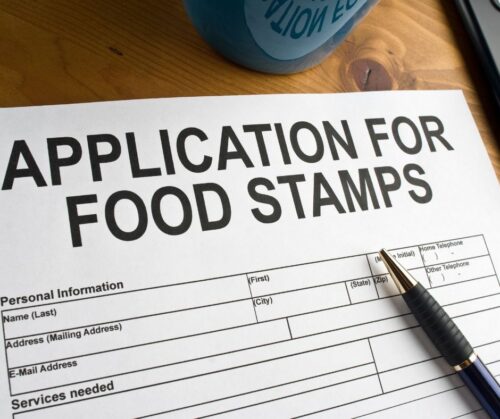Cuts to food stamps will ripple through families, schools, and local businesses. This isn’t only about empty plates—it’s about who we are as communities. Let’s break down what’s on the line.
What’s Changing
New federal budget changes (sometimes called the “One Big Beautiful Bill”) will make major cuts to the Supplemental Nutrition Assistance Program, often called food stamps. These changes include stricter work requirements, eligibility alterations, and shifting some costs toward states. wyso.org
According to a recent report from Policy Matters Ohio Ohio would face $645 million a year in new state spending if the federal cuts to food assistance aren’t offset. Over 300,000 Ohioans (adults and children) rely on food stamps to keep meals on the table.
How This Hits Families
If food stamps get cut, the fallout is personal:
- Families may have to choose between buying groceries or paying bills.
- Kids might go to school hungry, which affects their concentration, grades, and mood.
- Elderly people, those with disabilities, and households already stretched for resources are most at risk.
In Butler County, for example, thousands could lose eligibility or see reduced benefits. journal-news
Schools & Healthcare Feel It Too
Cuts don’t stop at the dinner table:
- Schools often rely on support (directly or indirectly) from food assistance programs. If fewer kids get enough to eat, these institutions face tougher challenges.
- Healthcare suffers because poor nutrition worsens health issues—diabetes, hypertension, mental health. That means more clinic or ER visits, putting extra load on providers and communities.

Local Businesses & the Economy
Food stamps don’t just feed people—they feed the economy:
- Policy Matters Ohio states that when people use food stamps, local grocery stores, markets, and vendors benefit. Less spending means less revenue for those businesses.
- USDA figures show that in FY 2022, Ohio issued an average of $226.5 million per month in food stamps benefits. That kind of money moving stays local—supporting farmers, food distributors, stores. Food and Nutrition Service
Also, research shows that during economic downturns, new food stamps benefits get spent quickly—within weeks—because people need basics. This quick infusion helps stabilize the local economy.
What’s at Stake If We Don’t Act
- More hunger, especially among children and older adults.
- Schools may see worse student health and performance.
- Higher healthcare costs long term from preventable illnesses.
- Local businesses may close or lay off staff.
State economies could shrink; public services could be cut to compensate.
What We Can Do (And What’s Already Going On)
- Advocates are pushing lawmakers not to allow cuts to food stamps or to fund state backfill so families won’t lose help. Policy Matters Ohio is doing work to show decision-makers the real costs of cuts.
- Community food banks and nonprofits are preparing for higher demand.
- Public awareness—sharing stories, talking in local forums or with neighbors—can change pressure in policy circles.
Stay connected for more updates on how food stamp cuts are hitting Ohio, and ways you can help push back.



